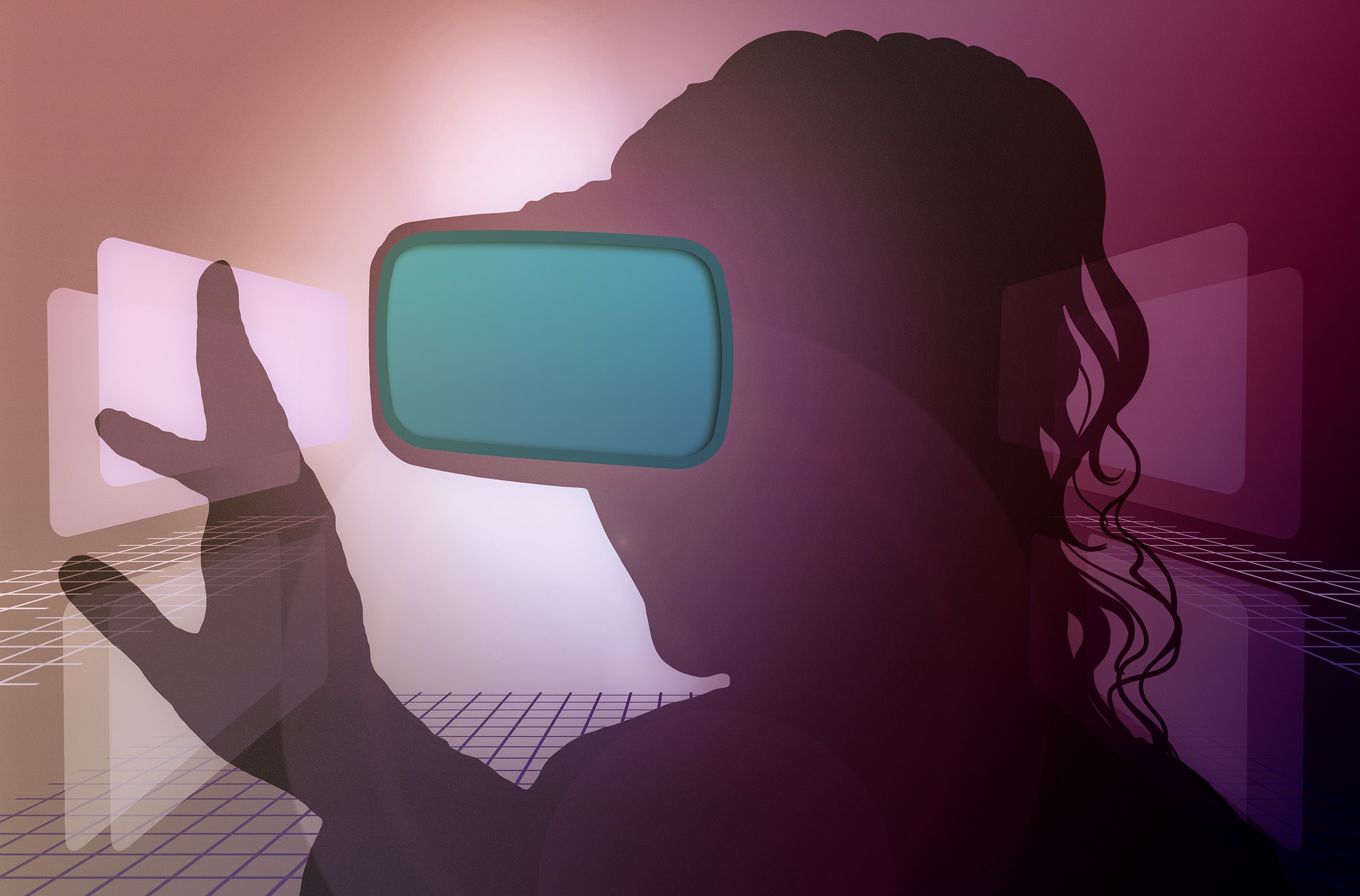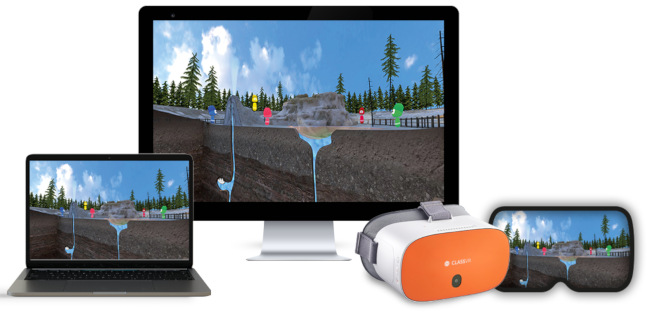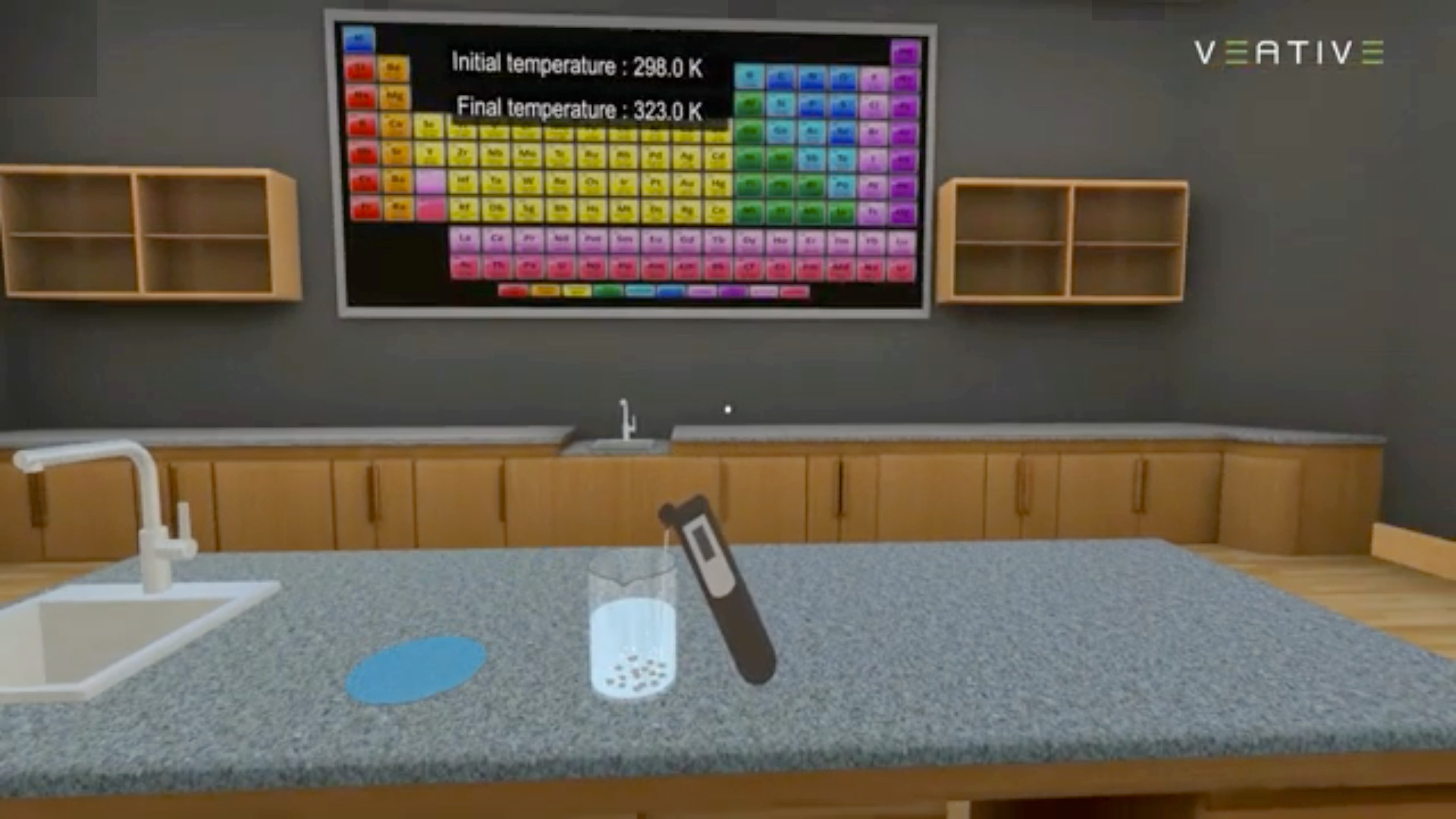What to Know About Buying a VR Headset
By buying a VR headset you could be making learning more immersive and memorable

If you're considering buying a VR headset, or several, for schools then this guide can help. To make sure you get the right one, there is plenty to consider before investing in a headset .
It's worth considering if you need VR, AR, or both. While VR gives you a virtual reality experience, seen on screens in the headset, AR provides an augmented reality in which it blends images projected onto the real-world view. So while VR is great for taking a virtual field trip to the other side of the world, AR can be a super way to carry out a virtual experiment as if the tools were right there in the classroom.
This guide will aim to include both, so you can consider all options before deciding which is best for your school. Then it might be worth checking out the best VR headsets for schools guide to pick a specific model. Or perhaps a direct service company, that comes in with all the kit and teaches lessons, such as Discover VR, is a more straight-forward option.

VR or AR?
First up, you need to decide if you need a VR or AR headset. Generally speaking, an AR headset is going to cost you more than a VR one since the technology is a little more complex as it involves cameras to detect the room and a display that's thrown onto a clear visor so you can see the physical room, too.
That said, there are many AR apps that work on smartphones. So you could simply get a basic headset mount for a smartphone and use AR in that way to save a lot on cost.
The appeal of VR over AR is not only price but also the availability of hardware and software. It's been around longer and apps are arguably easier to make. Consequently, there is a lot of choice for VR headsets as well as lots of great content out there designed specifically for teaching.
Amount
The amount of headsets you need and how you want to teach are an important consideration. You could buy a single headset and share that in turns, or buy several and work in groups. Or you can buy a class-load to take the entire lesson off to virtual worlds.
Tools and ideas to transform education. Sign up below.
This is a little more complicated as you will need to consider if you want a setup that is centrally controlled, in which you can send out the same images to all the headsets at once -- and in which controls are locked so students have to follow the set class. These setups can be more expensive and may require a central computer from which to run the headsets.
However there are many rental options out there too, so it might be worth a try before you buy to see what works best for your class.

Brands
Lots and lots of brands now offer VR headsets, so it's worth considering what you need from one. You might want the most affordable option, or perhaps you are looking for a headset that offers compatibility with your current setup.
A Microsoft Mixed Reality headset for Windows machines could work ideally for a current school setup. Or maybe you want to get a Vive device for immersive gaming, an Apple device for a wide selection of AR software, a Meta setup for great stand alone plug-and-play value, or something specializing in group setups such as ClassVR.
In short, it's worth the time to research what brand might pair best with a specific learning activity before you buy.
Connectivity
Nearly all VR and AR headsets will now work over wifi and use battery power to make devices as wireless as possible. Although older models did require plugging in, so if you're saving money that way be sure to check how these connect -- as cables in class, when students can't see, can be hazardous.
Going for a smartphone or tablet setup can be helpful here as you will already have that wifi connection and app stores, so getting access to software and remaining compatible can be a simple process.
Pricing
The cost involved in VR and AR headsets can be prohibitive but thanks to the proliferation of the technology and software, there are now more price points at which you can get involved than ever before.
From a basic Google Cardboard headset, that turns a smartphone into an AR and VR headset, to complex multirig setups from ClassVR right thru to Apple Vision Pro, there are options to suit most needs.
It's worth thinking about the software you will need first, to teach effectively, and then working back to the hardware that way -- often allowing you to keep pricing low if needed without losing out on the end result of what the software offers.
Check out the best VR headsets for schools with all the above in mind to find your ideal setup.
Luke Edwards is a freelance writer and editor with more than two decades of experience covering tech, science, and health. He writes for many publications covering health tech, software and apps, digital teaching tools, VPNs, TV, audio, smart home, antivirus, broadband, smartphones, cars and much more.
